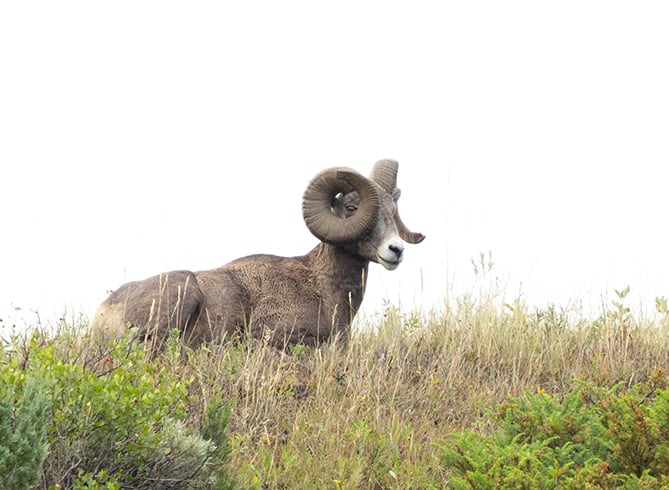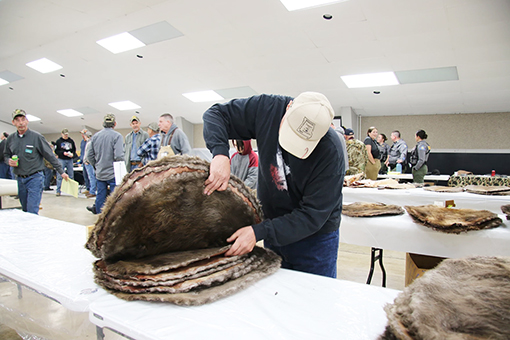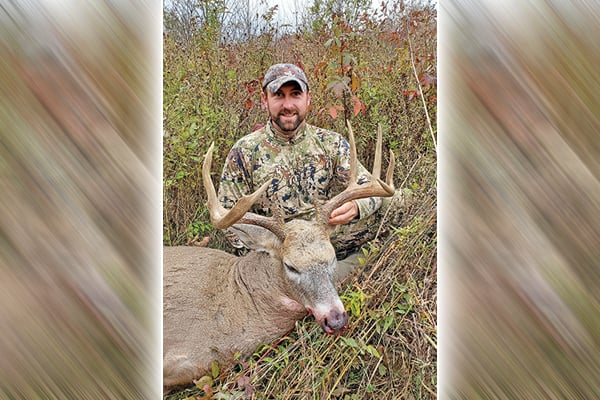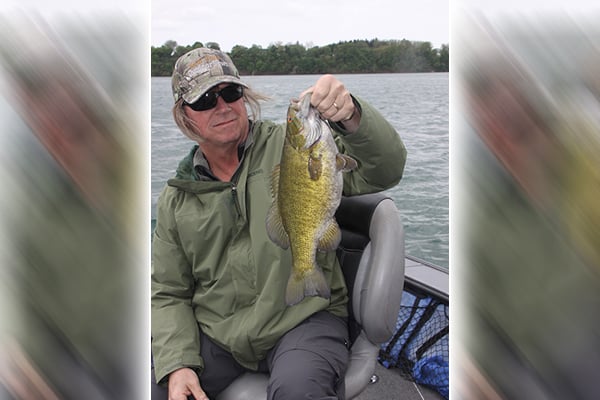Bighorn sheep population trending upward in North Dakota – Outdoor News

The fish and wildlife variety in North Dakota is impressive.
From paddlefish and pallid sturgeon in the Missouri River, to trophy catfish and the recent repopulation of sturgeon in the Red River. North Dakota is home to mountain lions, moose and elk, and also unique furbearers including river otters, fishers, bobcats and American martens.
While few outside of the state would recognize the variety, North Dakotans take pride in sharing the water and land with these unique residents. One of the more notable is the bighorn sheep.
The story and history of bighorn sheep is equally impressive.
“The last native bighorn confirmed in the state was killed in 1905 at Magpie Creek,” said Brett Wiedmann, North Dakota Game and Fish Department big game management biologist. “And we know that in the late 1800s, Theodore Roosevelt hunted bighorns in North Dakota and killed a bighorn at Bullion Butte, but the animals were scarce by then.”
Fast forward to 2024 and the latest survey was a record 364 bighorn sheep in the grasslands of western North Dakota, up 5% from 2022 and 16% above the five-year average. The count surpassed the previous record of 347 bighorns in 2022.
MORE COVERAGE FROM OUTDOOR NEWS:
Odd spring bodes well for early-summer anglers in Minnesota this year
CDC’s new canine import regulations upset dog breeders, owners
Record or not, giant pike caught in Minnesota’s Boundary Waters creates incredible memory
Department biologists count and classify all bighorn sheep in late summer, and then recount lambs the following March as they approach one year of age to determine recruitment.
Altogether, biologists counted 106 rams, 202 ewes and 56 lambs. Not included are approximately 40 bighorn sheep in the North Unit of Theodore Roosevelt National Park and bighorns introduced to the Fort Berthold Indian Reservation in 2020.
Wiedmann was pleased to see an increase in the survey for the sixth consecutive year.
The northern badlands population increased 5% from 2022 and was the highest count on record. The southern badlands population dropped to its lowest level since bighorns were reintroduced there in 1966.
“We were encouraged to see a record count of adult rams, and adult ewes and lambs were near record numbers,” Wiedmann said. “Unlike the population declines observed in most other big game species following the severe winter of 2022-23, the increase in the bighorn population was attributable to two factors: higher than expected survival of adults and lambs during the extreme winter conditions of 2022, and better than anticipated lamb production and survival during 2023. Basically, bighorn sheep are incredibly hardy animals that can thrive during North Dakota’s most frigid winters.”
Currently, about 490 bighorns make up the populations managed by the North Dakota Game and Fish Department, National Park Service and the Three Affiliated Tribes Fish and Wildlife Division, just shy of the benchmark of 500 bighorns in the state.
Bighorn sheep in North Dakota are a success story. There was only a 50-year gap between the time when the last confirmed bighorn was killed at Magpie Creek to their reintroduction by Game and Fish in 1956.
“A lot of credit goes to Game and Fish staff back in the mid-1950s,” Wiedmann said. “We were one of the first states (where) the bighorns were extirpated, and they took the initiative way back then to reintroduce that species. And since then, it’s just been a progression of introducing bighorns to the Badlands.”
The turning point, certainly, was when Game and Fish introduced bighorns from Montana to the Badlands in 2006 and 2007.
This is what Wiedmann had to say in 2006 about bringing bighorns in from Montana: “You try to find the closest match in terms of habitat that you can, and this is the first time since 1956 that we’ve transplanted bighorn stock from habitat so similar to ours. Bighorn sheep are creatures of habit, so this is important. Our hope is that when the sheep jump out of the trailer, they realize the Badlands offer the same grasses they’re used to eating, it’s the same clay soils they’ve walked on … it’s just like home.”
A bighorn sheep hunting season is tentatively scheduled to open in 2024. The status of the season will be determined Sept. 1, following the summer population survey.
Source: https://www.outdoornews.com/2024/06/19/bighorn-sheep-population-trending-upward-in-north-dakota/







